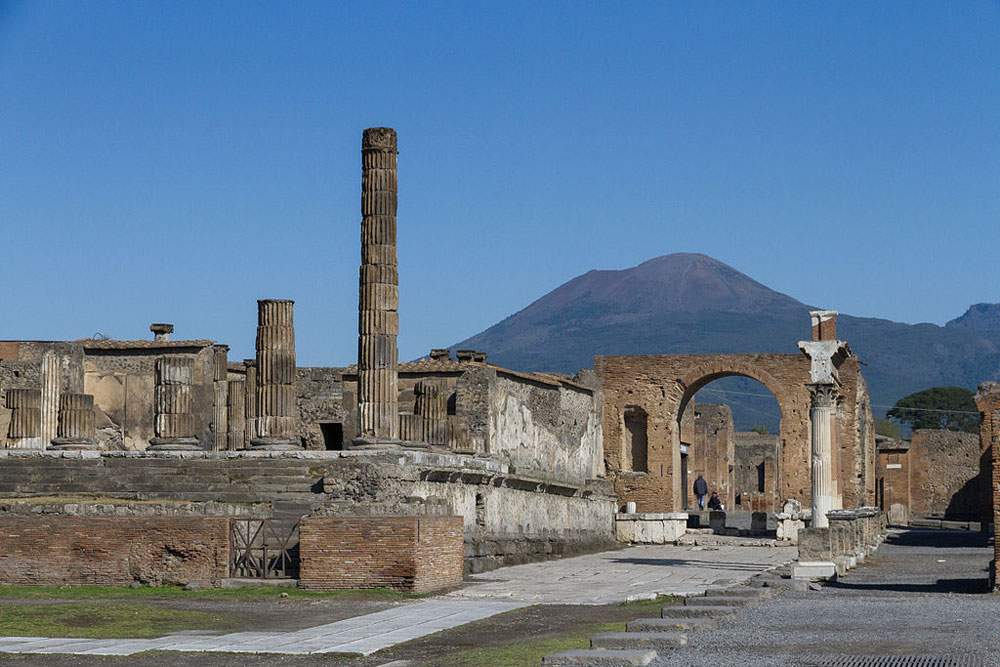Scientific research conducted in Pompeii by Professor Allison Emmerson of Tulane University in New Orleans has found that in the ancient city of Campania, waste was... sorted and recycled. Obviously, this is nothing comparable to modern recycling collection, but Allison Emmerson’s studies are intended to show that the city’s inhabitants had set out to manage and reuse some waste that could be used in construction. Emmerson, an archaeologist who teaches classical studies at the U.S. university and is part of an active research team in Pompeii, discovered this particularity by studying the city’s construction methods, along with her colleagues Steven Ellis and Kevin Dicus of the University of Cincinnati. “We found that part of the city was built from waste,” the archaeologist told the Guardian.
Some areas outside the walls were in fact used as veritable dumps, where piles of materials that could reach up to several meters in height were deposited: there were some that consisted only of fragments of pottery and plaster, which Emmerson said were reused for building purposes. “The piles outside the walls,” he explained, “were not simply garbage disposed of to dispose of them. On the contraio, they were being collected and sorted for resale inside the walls” as building materials.
Prior to Emmerson’s research, these mounds of material were believed to be the rubble from an earthquake that had struck the city seventeen years before the year of Vesuvius’ eruption, 79 AD. To reach a different conclusion, Emmerson and his colleagues studied soil samples to reconstruct the movement of waste within the city and found that fragments of building material moved from the city to storage areas outside the walls, and then back into the city for reuse. “Waste piled in places such as latrines or cesspools reveal traces of rich, organic soil. In contrast, those accumulated over time in streets or heaps outside the city have traces of much sandier soil. The differences in soil composition allowed us to understand where the garbage came from, or whether it was first collected for reuse and recycling,” Emmerson further explained. It was observed, for example, that several walls included recycled material such as tile fragments, pieces of amphorae, lumps of plaster. A final layer of plaster was then applied to almost all walls, covering the composite nature of the material used to build them.
Finally, these discoveries provide much more information about how the Pompeians lived. The city’s inhabitants, Emmerson says, “lived much closer to the garbage than many of us think is acceptable, but not because the city lacked infrastructure or because the Pompeians did not care to handle the garbage: this was because their urban planning methods were organized according to different principles. All of this is also relevant to today’s garbage crises. Nations that manage their garbage more efficiently today have applied a version of this ancient model, prioritizing the transformation of waste into assets rather than its removal.”
Pictured: Pompeii. Ph.Credit
 |
| In Pompeii discovered... an ancient form of waste collection and recycling |
Warning: the translation into English of the original Italian article was created using automatic tools. We undertake to review all articles, but we do not guarantee the total absence of inaccuracies in the translation due to the program. You can find the original by clicking on the ITA button. If you find any mistake,please contact us.